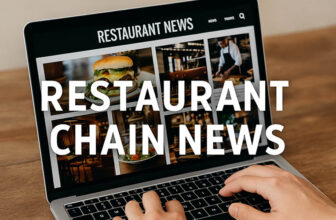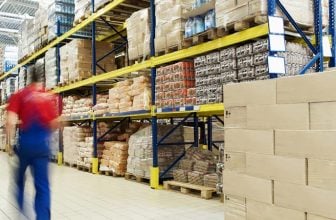
If you’ve ever worked a Friday night shift, you know how quickly things can spiral — orders stack up, guests get impatient, someone drops a tray, and suddenly you’re sprinting like it’s a full-blown relay race. That’s where a modern POS system can truly be your lifeline.
No, it won’t carry plates or refill drinks, but it can help you stay organized, reduce errors, and streamline your entire shift — which means better service, less stress, and yes, bigger tips.
Why Workflow Matters More Than You Think
When your workflow is off, it affects everything. Guests wait too long, orders get missed, and the kitchen falls behind. But with the right tools in place, especially a good POS system, servers can move with more confidence and clarity — and actually breathe during their shift.
Want to improve overall service too? Don’t miss our guide on how to improve the restaurant guest experience.
1. A Fast POS = A Smoother Shift
A slow POS system will absolutely wreck your flow. Whether it lags, crashes mid-order, or makes you tap five times just to remove onions — every delay adds up. What you want is something that:
- Lets you enter orders without overthinking
- Handles customizations and allergy notes with ease
- Never freezes mid-shift
Modern systems like Toast or Square are designed for speed and simplicity. With digital order entry, servers can transmit tickets directly to the kitchen — eliminating pen-and-paper mistakes. In fact, studies show that digital workflows reduce errors by up to 85% compared to handwritten orders.
👉 See our top-rated POS systems for restaurants — we’ve reviewed the best options.
2. Real-Time Table Management
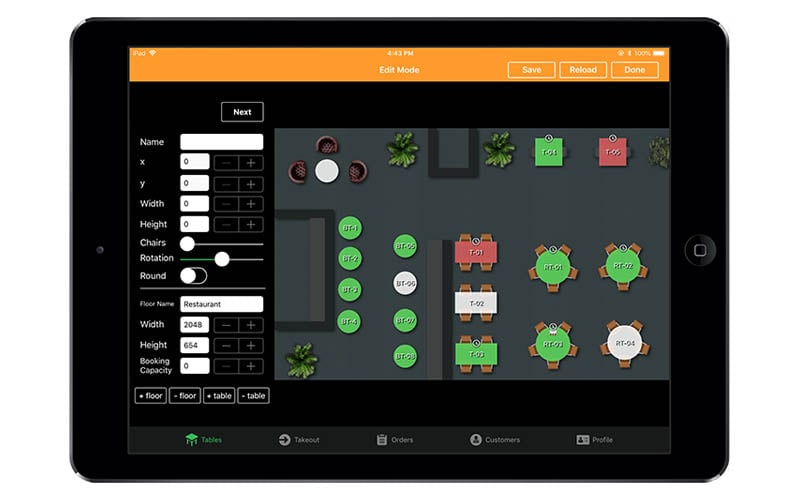
Can’t remember who got their drinks or who’s been waiting for the check? A smart POS gives you a full visual layout of your section in real time — with color-coded indicators and timers so you can spot needs instantly.
- Track seated, waiting, and ready-to-pay tables at a glance
- Split checks in seconds
- Avoid forgotten tables or missed upsells
This kind of visual workflow helps even veteran servers stay ahead, especially during peak hours. Not sure how to organize your service flow? Check out our tips on getting organized as a restaurant server.
The Reality Check: When POS Systems Don’t Fix Everything
Let’s be honest — I’ve seen restaurants think a new POS will solve all their problems. It won’t. If your kitchen is understaffed or your menu is a mess, technology can’t fix that. But what it can do is eliminate the small friction points that add up to big stress during a shift.
Budget tight? Focus on speed and reliability over fancy features. A $50/month system that never crashes beats a $200/month system that glitches during your dinner rush.
3. Kitchen Communication That Actually Works
Yelling across the pass line or using handwritten tickets? Not ideal. Today’s POS systems send orders directly to a kitchen display system (KDS) with timestamps, custom notes, and modifiers clearly visible.
- Orders are received instantly and accurately
- Prep times can be tracked and quoted to guests
- Servers get notified when food is ready
Want to make service even smoother? Learn how strong staff communication practices can keep your front and back of house in sync.
4. Handheld POS = Table-Side Freedom
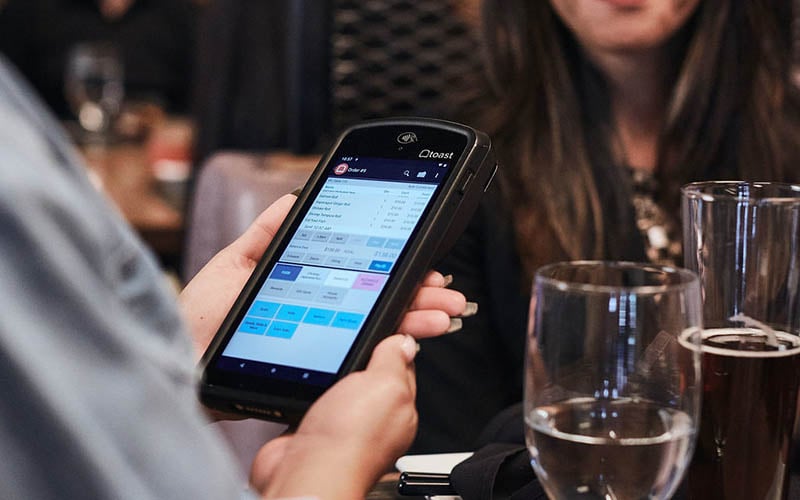
Running back and forth to a terminal wastes time and steps. With mobile POS devices, you can take orders, fire them to the kitchen, and even process payments — all while standing at the table.
- Speed up ordering and payment
- Split checks or add tips on the fly
- Provide more personal, responsive service
This improves efficiency and makes your section feel more seamless. Want to know how it helps with checkouts too? Here’s how efficient ordering improves everything from entrees to payments.
5. Payment Processing That Doesn’t Slow You Down
No more fumbling with receipts or doing tip math in your head. A quality POS lets you:
- Split bills, process group payments, or handle multiple cards
- Accept contactless and mobile payments right at the table
- Prompt guests for tips automatically to help boost your earnings
It’s all about reducing friction. The easier you make it to pay, the more likely guests will leave happy — and tip well.
6. Inventory Integration Helps You Stay Ahead
Ever ring in a special just to hear the kitchen yell, “We’re 86’d on that!“? POS systems that connect to live inventory eliminate that mess. You get instant alerts if a menu item is out — and sometimes even upsell suggestions based on available stock.
This keeps your workflow clean and your service smooth. Bonus: you look like a pro when you catch it before the guest even orders.
7. Built-In Analytics = Smarter Shifts
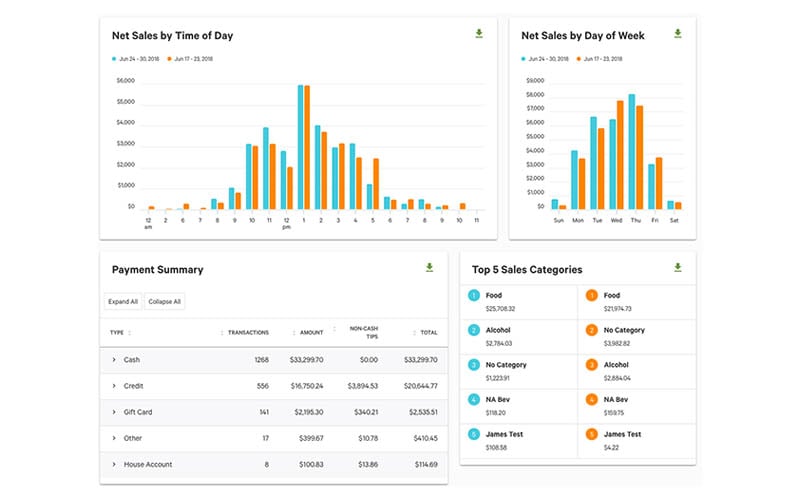
Many modern POS systems let you track your own performance — things like order speed, accuracy, average tip percentage, and more. That means you can:
- Identify peak earning hours
- Understand your service patterns
- Set goals based on real data
Want to get better with every shift? That’s how you go from decent to top server in your restaurant.
8. Training Support That Onboards New Staff Faster
Got a new hire shadowing you? POS systems with training mode let them learn the ropes without disrupting live orders. Many offer interactive tutorials or prompts that walk servers through complex tasks step-by-step.
Faster training = better team performance — and fewer mistakes that throw off your flow.
9. Automated Reporting at the End of Your Shift
No more scribbling totals or digging through receipts. POS systems track:
- Sales and tip totals
- Time on the floor
- Best-selling items during your shift
This makes cashing out faster and gives you a clear snapshot of your performance — especially helpful if you’re trying to hit tip goals or track weekly earnings.
Getting Your Team On Board
From what I’ve seen, the biggest POS workflow improvements happen when restaurants actually train their staff properly. Give servers 2-3 practice shifts in training mode, and focus on the features they’ll use most — order entry, bill splitting, and payment processing.
Pro tip: Pick one or two workflow champions who learn the system first, then have them help train the rest of your team. Peer training usually sticks better than manager-led sessions.
The Bottom Line
After working with dozens of restaurants on POS implementations, here’s what I’ve learned: the systems that actually improve server workflow are fast, reliable, and designed with real restaurant operations in mind. Features matter, but consistency matters more.
Your best bet? Focus on systems with strong server workflow features, solid uptime records, and training support that actually works. The investment typically pays for itself within 3-6 months through better table turns and reduced errors.
💡 Want to find a POS system that actually makes your job easier? We’ve reviewed the top restaurant POS platforms for speed, features, and server-friendliness — compare them below and take control of your next shift.



